Rediscover your favourite online articles from The Strad’s Playing Hub from the past year
2022 is over; can you believe it? It was a bumpy year to say the least. But on the bright side, the musical world saw pandemic postponements finally become real-life performances, while players, orchestras and organisations took advantage of this exciting new reality by being more creative than ever before.
Whether you were practising your instrument, attending concerts, or performing yourself, this was an inspiring year for everything playing related. And you could follow it all at The Strad’s newly launched Playing Hub. From featured articles and interviews with world-class players, to technical guides and masterclasses, the Playing Hub offers our readers a plethora of playing-related content. We’ve compiled a list of the ten most popular articles that featured in the hub in 2022. To see and learn more about the Playing Hub just click here. Enjoy!
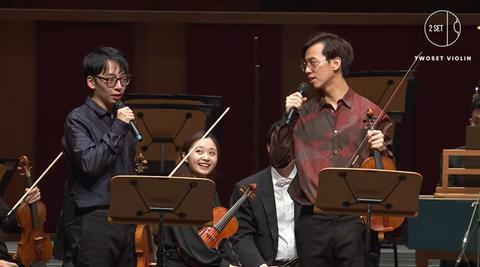
‘A dream come true’: TwoSet Violin’s ‘4 Mil Subs’ Concert
’Flanked by stately gilt white columns and buoyed on the hush of a breathless audience, the conductor lifted his baton and soloist Brett Yang lifted his violin. Then, as the timpani rumbled, both the audience and violinist thought… what? The soloist recognised the opening of the Bruch Violin Concerto no. 1 and gamely dove into the opening phrase, drawing laughs and cheers from viewers all over the world. Yes, laughs and cheers, because it’s not every classical concert that includes an epic prank on the soloist. But this is a TwoSet Violin concert, and not like any other. ’
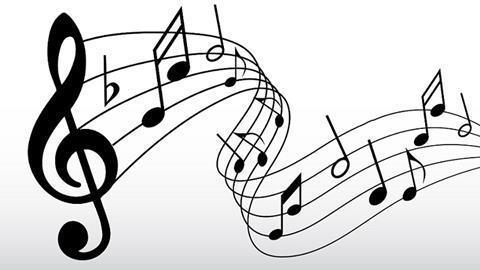
10 tips to improve your sight-reading
’In fast movements, recognise the sequences and intervals visually before you play them and follow the contour of the note heads. Read ahead by looking towards the first note of each group and memorise at least one beat of fast notes. Don’t stop; whatever happens, keep going. This visual skill can be practised without the instrument. Hold a small sheet of paper in your hand and cover a group of notes after looking at them. Solfege this group of notes without looking.’
Discover more Technique articles like this in The Strad Playing Hub
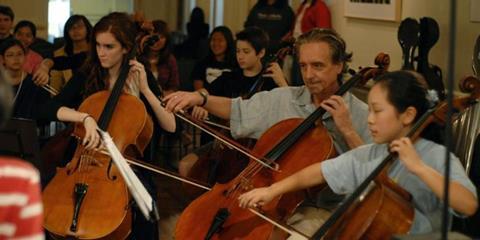
A Musician’s Ten Commandments: Cellist David Finckel
’There are many musicians, but few real artists. True artists, who remake and replenish themselves perpetually, are the ones followed by a loyal public. Decide what you need to honestly call yourself an artist, and go get it. Study the people you consider to be great artists, and emulate them. You can’t go wrong spending a day as Mendelssohn, Picasso, or Charlie Chaplin. Put yourselves in their heads and you may see the world differently.’
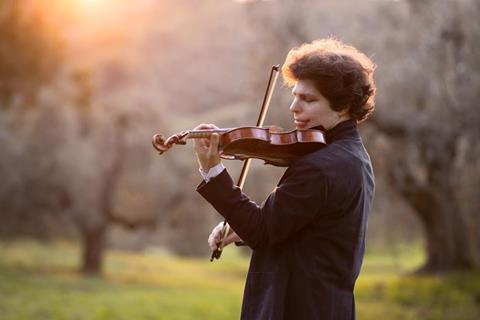
‘A kinder, more loving way to teach an instrument’: Violinist Augustin Hadelich on the Suzuki Method
’I think the big achievement of the Suzuki Method and why it became so popular is that it showed a kinder, more loving way to teach an instrument. Before Suzuki came along, there often wasn’t much method to the teaching of young children. Instead of encouragement, teachers often used threats and punishment. Results were mixed! When it didn’t work, teachers just blamed the students for having no talent.’

10 essential pieces for string orchestra
’Shostakovich’s Chamber Symphony: A transcription of the Eighth String Quartet, dedicated to the Memory of the Victims of Fascism and War, and just as full of pain and misery as the dedication suggests. Extraordinarily powerful and the only reworking of a quartet for orchestra which for me adds more to the work than it takes away!’
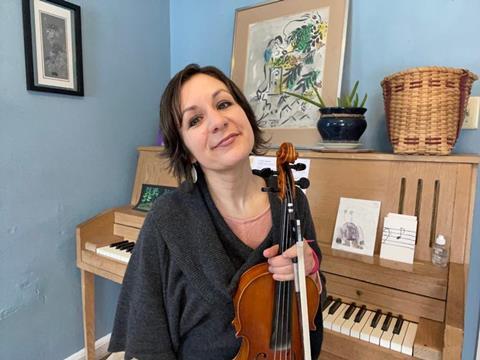
How to improve your aural skills and ditch your sheet music in 5 easy steps
’No one starts out by learning all of Vivaldi’s Four Seasons by ear in one sitting; instead try listening for and repeating one note at a time. Try evaluating what you’re hearing and compare two notes in a sequence. Is the second note higher or lower than the first? By a little or a lot? Identifying specific intervals can come later as you advance. Then try finding those one or two notes on your instrument, and work up to more notes in a row gradually over time. Utilise the ’pause’ and ’repeat’ buttons when learning music by ear from a recording, give yourself tiny sections to listen to again and again. Experiment with different learning techniques and write down what you observe. When something works, do it more!’
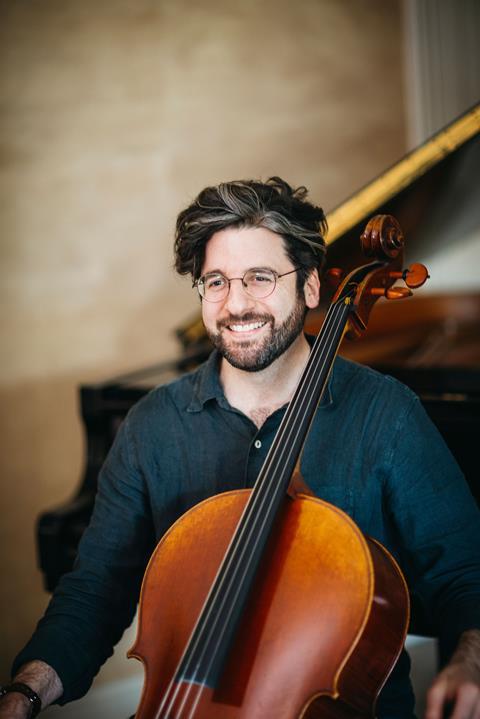
Adult beginner cello: Never too late to learn
’In my teaching, I try to strike a balance between the two approaches to learning that I see in adult learners. The majority of them approach the cello in a way that is opposite to the way that I did, and whenever I hear a student tell me that they don’t mind spending weeks and even months on each etude so that they can really master it, I see a huge red flag. It is, of course, imperative for adults to learn the exacting physical technique of cello playing. Equally important, however, is learning to connect this budding technique to musical intentions in a freer, less cerebral way. Many adults don’t feel worthy of trying to make music early on in their journeys. So as the weeks turn to months and the list of important technical aspects only seems to grow and grow, they park musical expression for the foreseeable future and suddenly a hollowness starts to form in the core of their passion.’
Discover more Featured Stories like this in The Strad Playing Hub
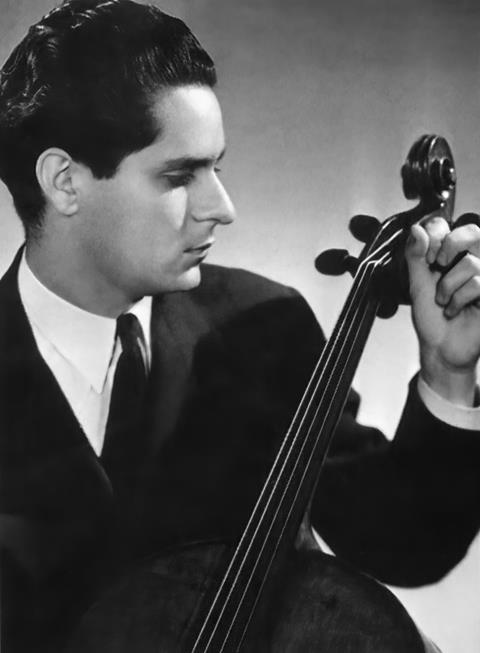
Leonard Rose: All about the bow
’Rose was aware that use of the bow arm, which he himself mastered to perfection, was a much-neglected aspect of cello technique and believed it was often not very well taught. It therefore comes as no surprise that he made ‘teaching the bow arm’ the trademark of his pedagogy. His former student Selma Gokcen (who teaches the cello at the Guildhall School of Music and Drama in London) recalls: ‘His sound was uniquely resonant and with a velvet sheen, one could say. I can recognise his students from that unique sound quality – that is, those who were with him long enough to absorb the knowledge.’’
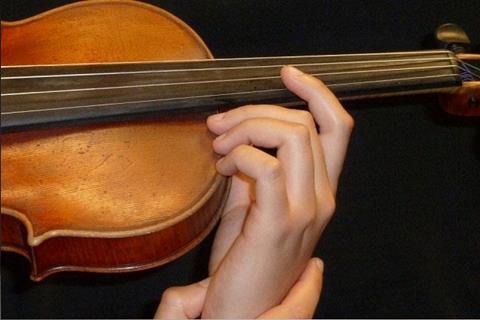
Nine steps to mastering violin vibrato
’The left hand must be balanced and free of tension. There are generally three points of contact or ‘touch points’ that establish the left hand frame. The base knuckle joint of the index finger on the left hand is generally the first point of contact. Differences in hand size may dictate a touch point that is slightly higher or lower than the base knuckle joint depending on the individual. The ultimate goal is for the left hand fingers to create a box shape that later will allow the first knuckle joint to flex. The second touch point is the pad of the finger. The third touch point is the thumb. Recommendations of teachers and performers regarding the location of the thumb vary. The most important element is that the thumb is loose through the joints into the wrist.’
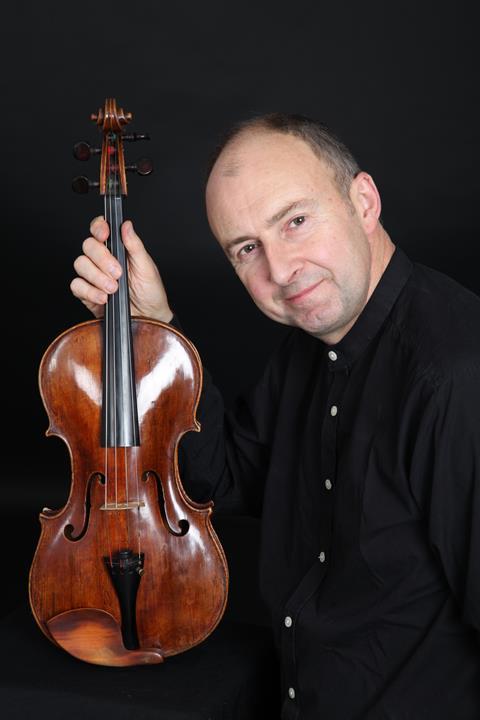
‘Free and ringing, never forced’ - Technique: Developing bow control for improved tone
’There are many issues that get in the way of successful tone development. This article is intended to help students – especially those who have migrated from the violin to the viola – develop their sound so that it is always free and ringing, never forced. Very often violinists who start to play the viola think that they need to use more bow weight, because the viola is a bigger instrument with thicker strings, but sound can be crushed on the viola as easily as it can on the violin. It’s all about releasing the string as much as possible and discovering how much weight one’s own instrument can take.’
Discover more playing-related content at The Strad Playing Hub
Topics
Best of 2022: The Strad Playing Hub
- 1
 Currently reading
Currently readingBest of 2022: The Strad Playing Hub
- 2
- 3
- 4
- 5
- 6
- 7
- 8
- 9
- 10
- 11























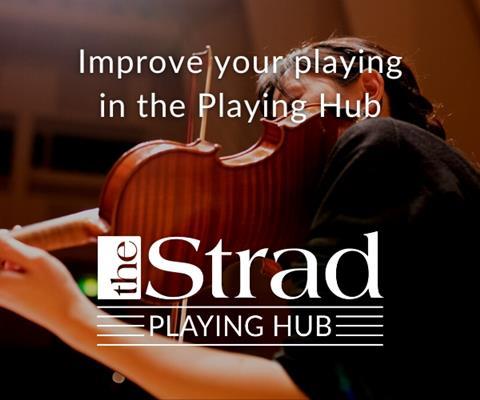






























No comments yet